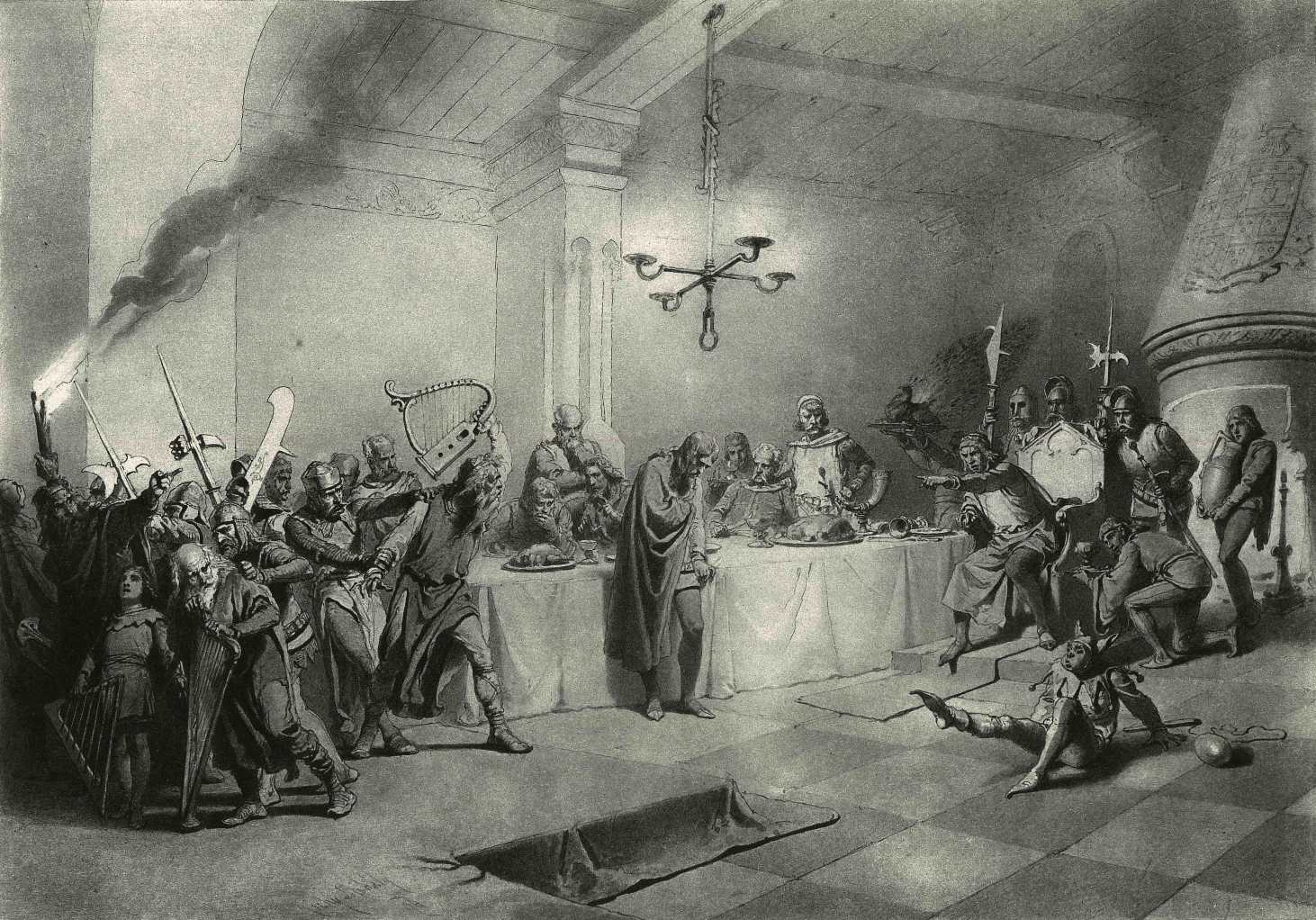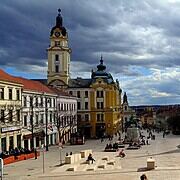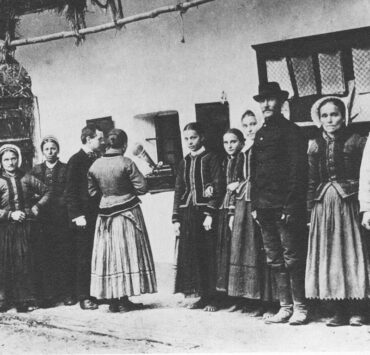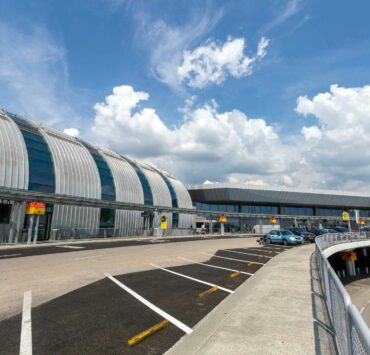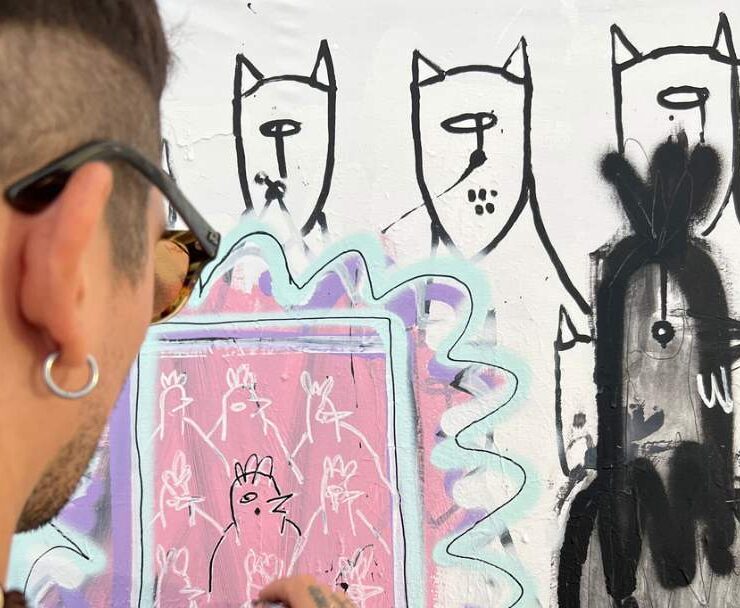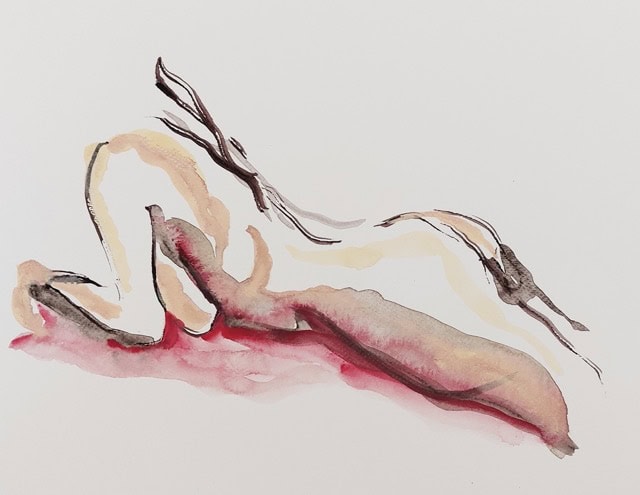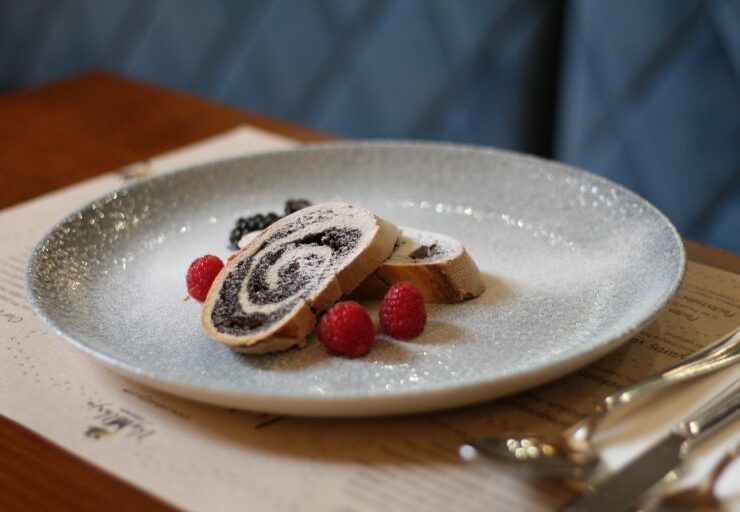Most of us inhabit two worlds: the real and the imaginary. The lucky ones, however, have a third option, dual nationality! I am one of the latter, being both a subject of the Queen and a citizen of Hungary.
Recently I began to wonder about the dilemma of divided consciousness that comes with this fortunate status. This process was tinged with more than a little guilt, especially about friends who find themselves in a post-Brexit limbo.
Neither British nor Hungarian
To assuage my conscience I found myself contemplating another option; I began to imagine myself as neither British nor Hungarian but as a Celt. Since childhood I have heard tales of our shared ancient Celtic ancestry with the Hungarians. I felt moved to investigate these connections and try to distil the essence of what might be truth from what is imagined.
Many Irish, French, Scots and Welsh feel so at home in Hungary. Using this as a basis to suspend disbelief I set off on a journey into a sort of Celtic twilight while hoping not to emerge in a rose-tinted miasma. So with some time on my hands and a dog by my side I set out on my journey.
Terra incognita
Around twenty-five years ago, within the first year of Hungary emerging from the former Eastern Bloc, my parents made what was then a brave leap to retire from the UK to the countryside spa town of Hajdúnánás in the East of Hungary, not far from Debrecen. My mother, a Hungarian by birth, left in 1956 and had remained homesick ever since the day she departed Budapest. The moment she heard the Berlin Wall had fallen she abandoned plans to retire to Spain and opted to start a new life in Hungary. It was a brave move for two people in their seventies.
A bejegyzés megtekintése az Instagramon
4080 hajdúnánás lakói (@hajdunanas_lakoi) által megosztott bejegyzés,
The former lands behind the iron curtain were terra incognita for many. The Budapest my mother remembered was a place in which the citizens – described by Patrick Leigh Fermor, as ”tigers for turn-out” – were amongst the most elegant in Europe. She had designed dresses for the wives of Ambassadors, the wife of Dr. László Bíró and even for the wife of Ferenc Puskás.
‘Gyere már’
My father, a practical Welshman, immediately started taking Hungarian lessons and after a year he was able to tell me that there were at least 10 words that the Welsh and Hungarian languages shared. He said he loved the rural life in Hajdúnanás as it reminded him of the village where he had been brought up in West Wales and mentioned that even the mothers’ saying to their children ‘Come here’ which in Hungarian is ‘Gyere már’ sounded exactly like the Welsh mothers who would say in Welsh ‘Dera ma’ to their children.
When I arrived in Hungary to visit my parents, I got the opportunity to meet my cousins who I had not seen since I was a child and some of whom I had never met. Sadly I could not speak Hungarian and they could not speak English but we exchanged gifts and used international sign-language to communicate. My cousin gave me a cassette (it was that long ago!) of early Hungarian music. When I played it later, I was struck by how similar it was to the Irish Celtic music that I had been listening to. Van Morrison and the Chieftains immediately came to mind. Later I learnt that the Duda, a type of Hungarian musical bagpipe held under the arm, was similar to the Irish uilleann pipes.
Gellért and Dafydd ap Gruffydd LLywelyn
Our neighbour in Miskolc, where my parents spent the Winter, was called Gellért. He introduced himself saying it was an ancient Hungarian name. I knew it of course because of the iconic Gellért Baths and Gellért Hill in Budapest. My own family name is LLywelyn (the LL being a double letter with its own sound like the double letters in Hungarian, gy, ty, etc. ). Most people in Wales know the sad story of Dafydd ap Gruffydd LLywelyn the last King of Wales, who loved hunting and had a favourite dog, called Gelert, perhaps a gift from a Hungarian prince?
A bejegyzés megtekintése az Instagramon
Heilige van de dag (@heiligenvandaag) által megosztott bejegyzés,
In my imagination I always envisioned him as a hunting-type breed of dog, like the Hungarian vizsla; that red colour coat would have been highly prized then as it is today. One day on returning from a day’s hunting, the King witnessed a bloody scene. The cradle of his son and heir had been up turned with Gelert the dog sat beside it. Immediately Llywelyn slayed the dog, only to find the baby was alive and near the cradle lay a dead wolf. Realising that Gelert the dog had saved his child, he was stricken with grief and was said never to have smiled again, thus fulfilling an ancient prophecy from a Witch who had foretold he would die an unhappy man.
A bejegyzés megtekintése az Instagramon
TravelNewsAsia.com (@asiatraveltips) által megosztott bejegyzés,
The Celtic connection
At one time my Mother was given a little lapel pin, a gold Welsh dragon with an enamelled flag of Hungary. This intrigued me. Were these things just coincidences or was there a real Welsh or Celtic connection between the Hungarians of the past? I thought I’d do a little research and investigation. First I looked up the name Gellért. It is only found in Hungarian, Welsh and German but is a variant of the English name Gerard which derives from the ancient language meanings of ’spear’ and ‘hard’.
The two Bishops
Then I researched St. Gellért who actually was Italian, named Gerard Sagredo (b.980 – 1046) who was born to a Venetian noble family. At the age of five after a serious illness he was sent to a monastery where he had an excellent education. In 1020 he decided to go on a pilgrimage to the Holy Land. A terrible storm made him take a break in his journey and he decided to visit Hungary where through the Bishop of Pécs, he met King István who was so impressed with him that he convinced him to stay and tutor his son and heir, Emeric (Imre), with the promise that he could convert the Hungarians to Christianity and possibly be made a Bishop. Gerard stayed, and like many of us expats, taught and preached.
A bejegyzés megtekintése az Instagramon
Christine H (@christine_horvath_) által megosztott bejegyzés,
When he completed the schooling of the Prince he left the Royal Court and became a hermit in the Bakony Hills. Finally, King István made him the Bishop of Csanád, ten years later. Unfortunately, Prince Emeric was killed at the age of twenty-four and the throne was then fought over by cousins of István until 1046. At which time, during a revolt by Pagans against Christians and in fear of the Roman Holy Roman Empire, Gellert, then a Bishop was waiting in Budapest to crown a new king. He was caught by the rebels and was lanced, put in a cart and rolled down the hill, then beaten to death while still alive at the bottom. He was made a Saint in 1083 along with St. Stephen and St. Emeric. His feast day is the 24th of September.
The melting pot
My next endeavour was to watch the six-part BBC series ‘The Celts’. The opening few minutes tells the story of the Celts migrating from the Steppes in Russia, to the mouth of the Danube. Here they settled all along the river stretching across Europe, but they centred around Germany and Austria. They were definitely in Hungary. They looked like the ancient Hungarians we see as tourists attractions at the Puszta (The Great Hungarian Plain) or at Ópusztaszer, and like them, they were marvellous horsemen as well as good traders and craftsmen. They were skilled at iron work and are credited with a lot of inventions that we still use or know of today, namely soap, chainmail, horseshoes and Halloween to name but a few.
DNA from a group of Welsh schoolchildren was taken and found that there was no hereditary relationship to the European Celts. The people of Wales had always been there on their land, like the Scots and the Irish. Not settled there when the Romans formed their empire which is what I was told. Basically, Celtic was a language that stretched through all the territories, coupled with a Pagan lifestyle, a high culture of arts and workmanship and a mystical society that was more in tune with nature and influenced the geography of Europe and surrounding lands for centuries.
Myths and legends
The Celtic bagpipes seem to have been adopted by all the peoples in all the lands to which the influence of Celtic culture stretched, including Ireland, Scotland, North Africa, Turkey, and several continental European countries as well. My greatest surprise was the story of Llywelyn the Great. I had assumed that as it was such a well-known fable that it was in the Mabinogio, which are a collection of the earliest prose stories in Britain. Written in Middle Welsh in the 12th and 13th centuries, it is a compilation of stories by Celtic Bards, stories of myths and legends.
The story of Llywelyn is not in this collection, nor could I find any reference to it. The legend is a story concocted in Gynedd, North-West Wales in the village of Beddgelert, which means ‘the Grave of Gelert’, probably originally for an early saint. This ‘grave’ may have been an invention of one David Prichard, the Landlord of the Goat Hotel, who made a mound with two slate memorial slabs with the story engraved in Welsh and in English to encourage Tourism in the late 18th Century! Thus legends are born and commerce encouraged.
A bejegyzés megtekintése az Instagramon
Lisa Froggatt (@lisafroggatt_photography) által megosztott bejegyzés,
My investigation continued with the gold dragon and Hungarian flag pin. I rang my mother’s old friend in Cardiff, who had gifted it to my Mum. She said “Oh, yes! That’s a rather curious story. Wales were playing Italy at Rugby at the Cardiff Arms Park and the local souvenir shop put in a big order for lapel pins. On receipt of the goods the shop owner discovered that the manufacturer had put the flag upside down!”
In conclusion
What can I conclude from my research? I am Welsh and Hungarian. I’m a little bit Celtic, supported by my pagan, pacifist, persona and a European too. Yes, I feel connected to my Hungarian ancestry and culture, Hungary is my home now. I think what I’ve learnt is that we are all connected in some way or other to the Celts and to each other. And always remember it was a Hungarian, Frigyes Karinthy, who, in 1929, discovered the concept known today as six degrees of separation.
By Sylvia Llewelyn (edited by Micheal O’Sullivan)

